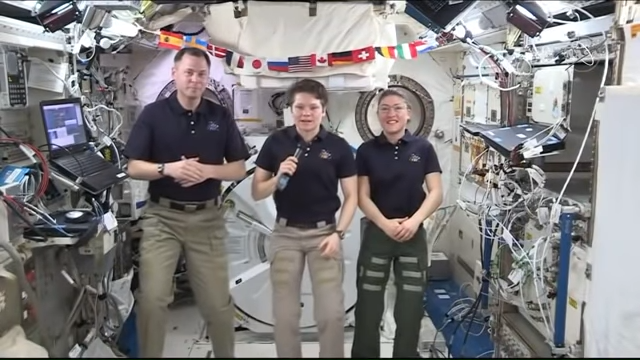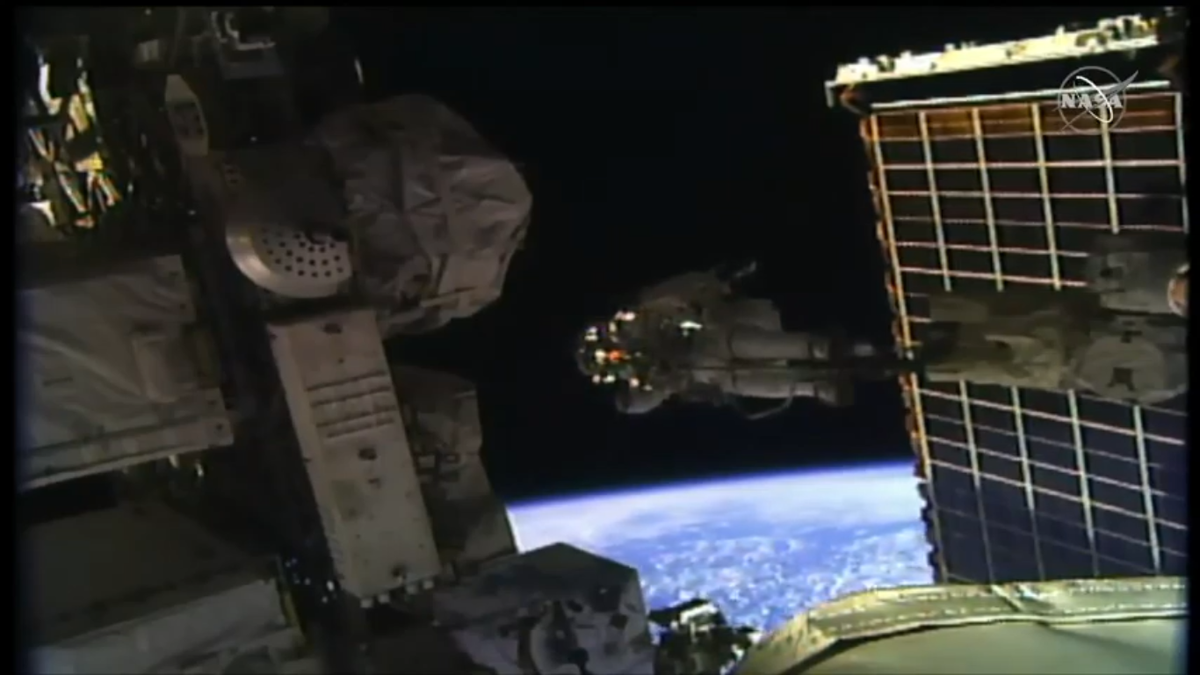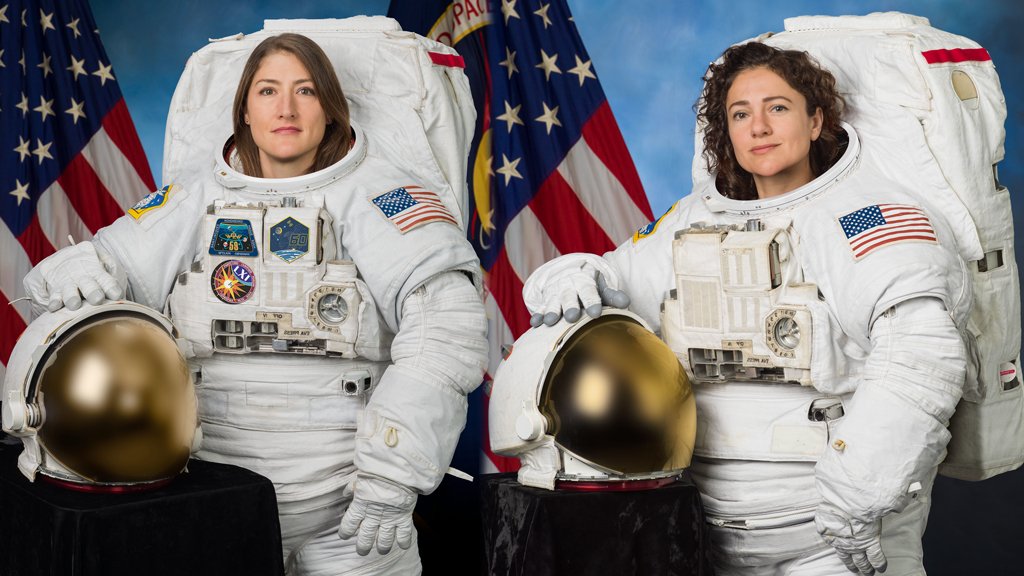At space.com — NASA delays spacewalk a 2nd time due to leak on International Space Station
To say that ammoniaA spacewalk last set for Thursday (Oct. 19) will now happen later in 2023 as NASAand Russia's federal space agency, Roscosmos, continue their analysis, NASA officials stated. The coolant used on the International Space Station (ISS) is ammonia, which requires extra decontamination procedures if spacesuited astronauts are nearby. "The coolant is not toxic or hazardous for the crew, but experts are discussing how to best keep small traces of the substance from getting into some internal systems to avoid equipment degradation over time," NASA officials wrote in a blog post Monday (Oct. 16).
is a very strange statement In my opinion. Maybe they mean it is not a hazard when it is being vented into space and not inside the station. But it is a hazard, obviously.is not toxic or hazardous for the crew
The Russians are certainly taking their time on trying to figure out the cause of the leak.Roscosmos plans its own spacewalk on Oct. 25 to examine the 13-year-old relocated radiator from the Rassvet module up close, from which the newest leak on Nauka appeared to originate.







